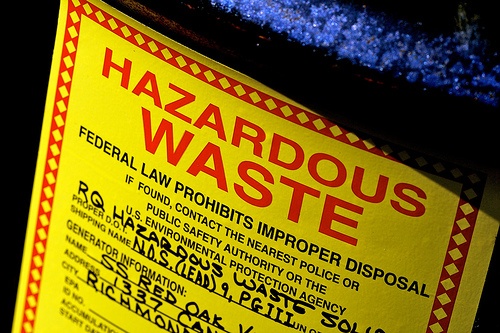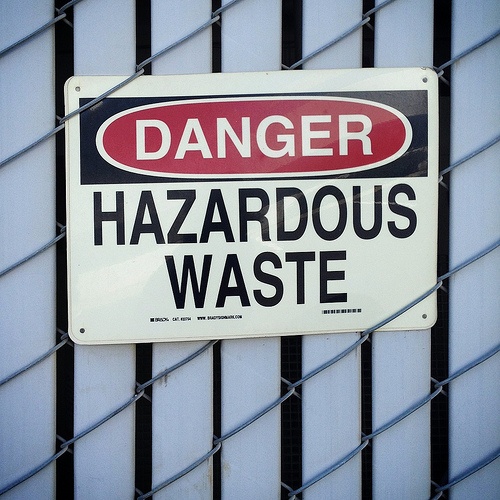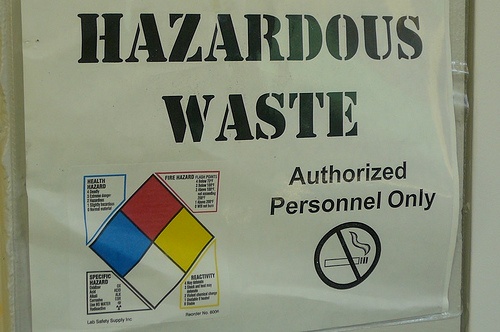In May 2015, the US Environmental Protection Agency (EPA) and US Army Corps of Engineers (Corps) completed a decade-spanning joint rulemaking, and issued new definitions of “waters of the United States” that are subject to these agencies’ regulatory authority (under the Clean Water Act (CWA) and related federal laws) (I wrote about these rules
here). These rules parse ambiguities in several US Supreme Court decisions to re-establish predictable controls over water-affecting actions.
The rulemaking was highly publicized, including intense efforts by EPA and the Corps to solicit public involvement and comments. The agencies made unprecedented use of social media, including Twitter, Facebook, YouTube, and Thunderclap. These included encouragement to recipients to re-post the EPA information to others. When issuing the final rules, the agencies reported that they had conducted more than 400 public meetings and received more than
one million public comments (many through social media).
These publicity efforts were also caught up in intense partisan political
sparring between the Republican-led Congress against high profile (Democratic) Obama administration environmental initiatives. In part to restrict support building efforts, the 2014 federal budget prohibited expenditures “for publicity or propaganda purposes, and for the preparation, distribution or use of any kit, pamphlet, booklet, publication, radio, television, or film presentation designed to support or defeat legislation pending before the Congress, except in presentation to the Congress itself.” Republicans subsequently charged that the EPA and Corps efforts violated these restrictions, adding those charges to efforts to repeal the new rules. The agencies have defended themselves with claims that their efforts amounted to authorized use of publicity and media to develop or promote their own policies.
Senator James Inhofe, Chairman of the Committee on Environment and Public Works, requested the Government Accountability Office (GAO, an independent research and reporting entity under Congressional authority) to investigate this disputed issue, and offer a formal opinion whether agency efforts violated the budgetary restrictions. On December 14, GAO issued its formal reply concluding that some of EPA’s efforts had indeed violated the restrictions. Although EPA had never directly invited the public to comment to
Congress or to lawmakers, some of EPA’s postings provided hyperlinks to advocacy group pages that did so; for example, EPA provided links to Natural Resources Defense Council (NRDC) and Surfrider Foundation webpages that took positions on the issues and encouraged viewers to provide responses to Congress. In addition, other advocates had reposted the EPA information along with their own messages including encouragement to political action. GAO concluded that these links did violate restrictions.
As of this writing, EPA had acknowledged but rejected GAO’s conclusions. However, practitioners are cautioning agencies and non-governmental advocates to review their use of hyperlinks to consider whether “secondhand” advocacy or informational campaigns are attributable to the original source. For EPA and other agencies these considerations will affect use of appropriated funds, and for others they will affect use of hyperlinks in political contexts.
Self-Assessment Checklist
Does my organization routinely provide information via social media?
If so, does this information include advocacy as well as factual statements or advertisements?
If so, does the organization have policies or approaches to inclusion of hyperlinks to third parties in its postings, and to inclusions of hyperlinks to its postings by third parties?
Where Can I Go For More Information?
Read More










